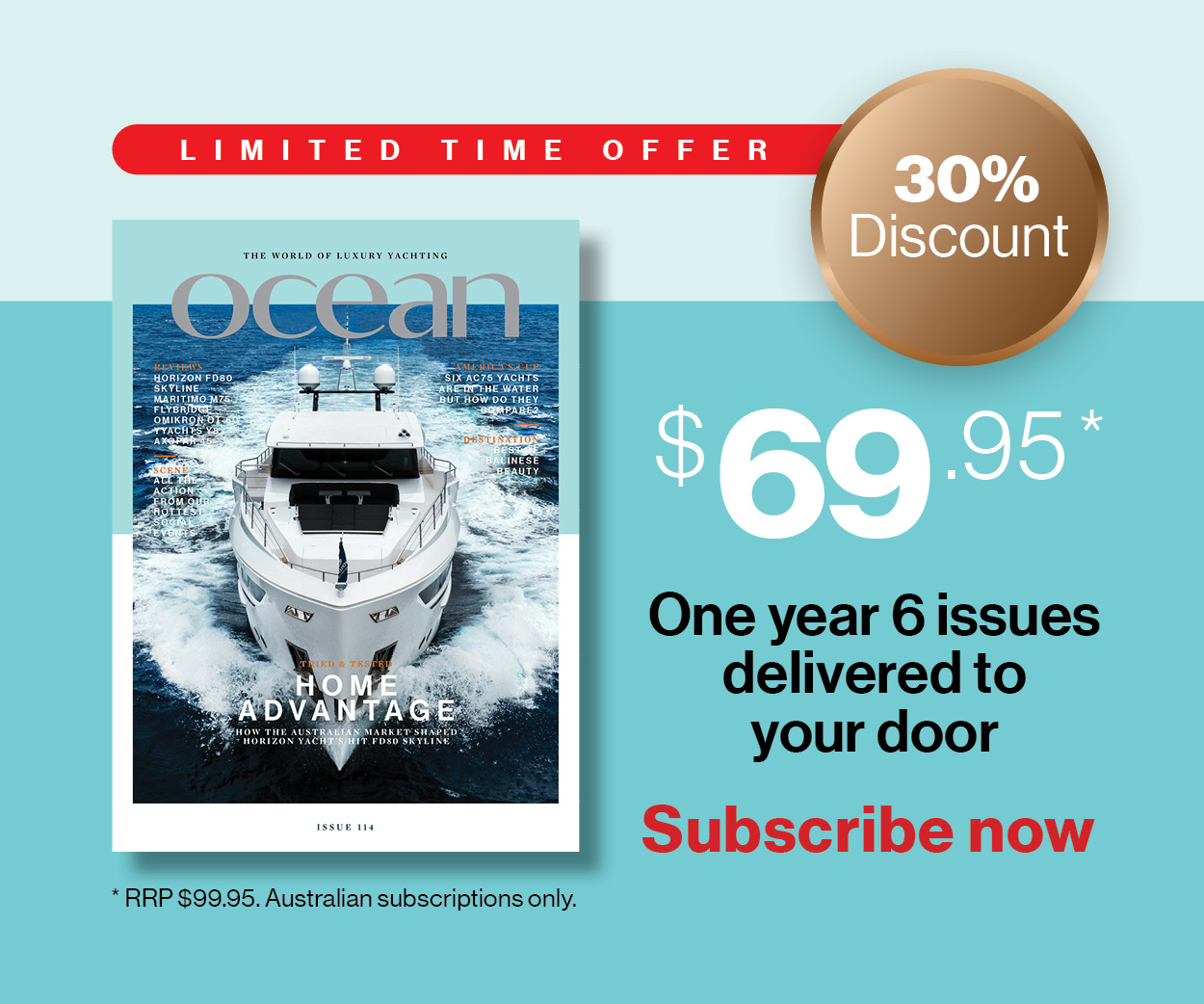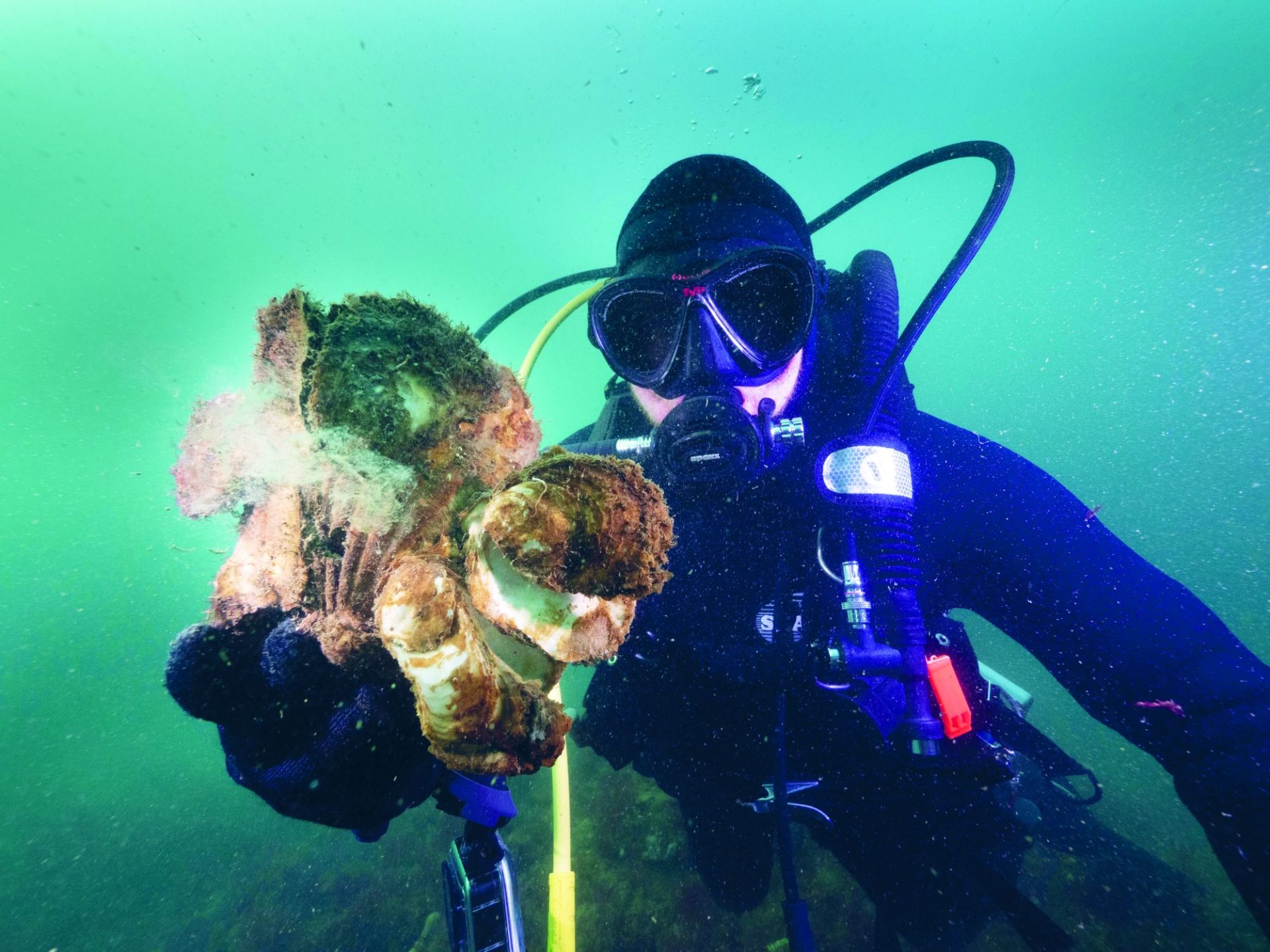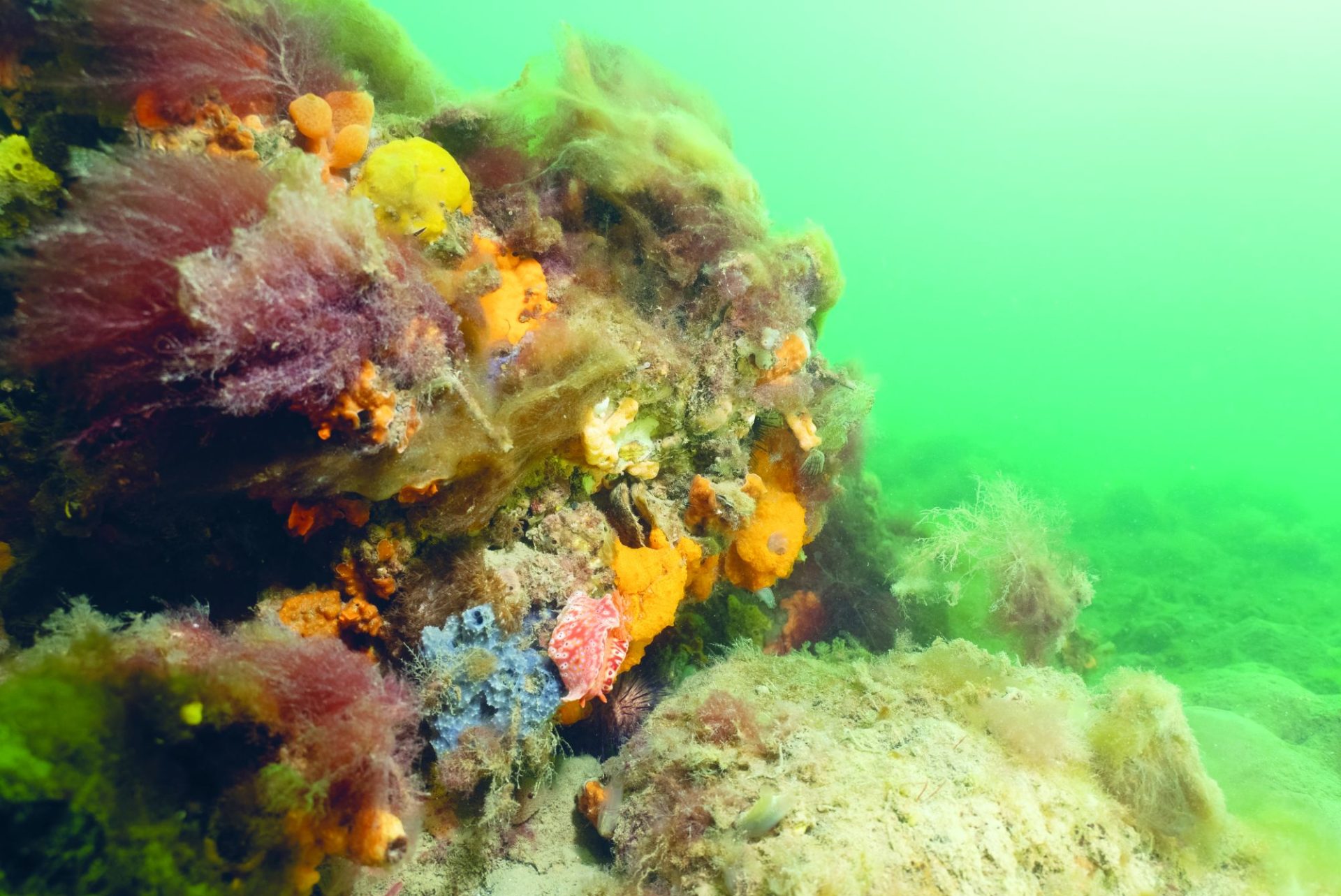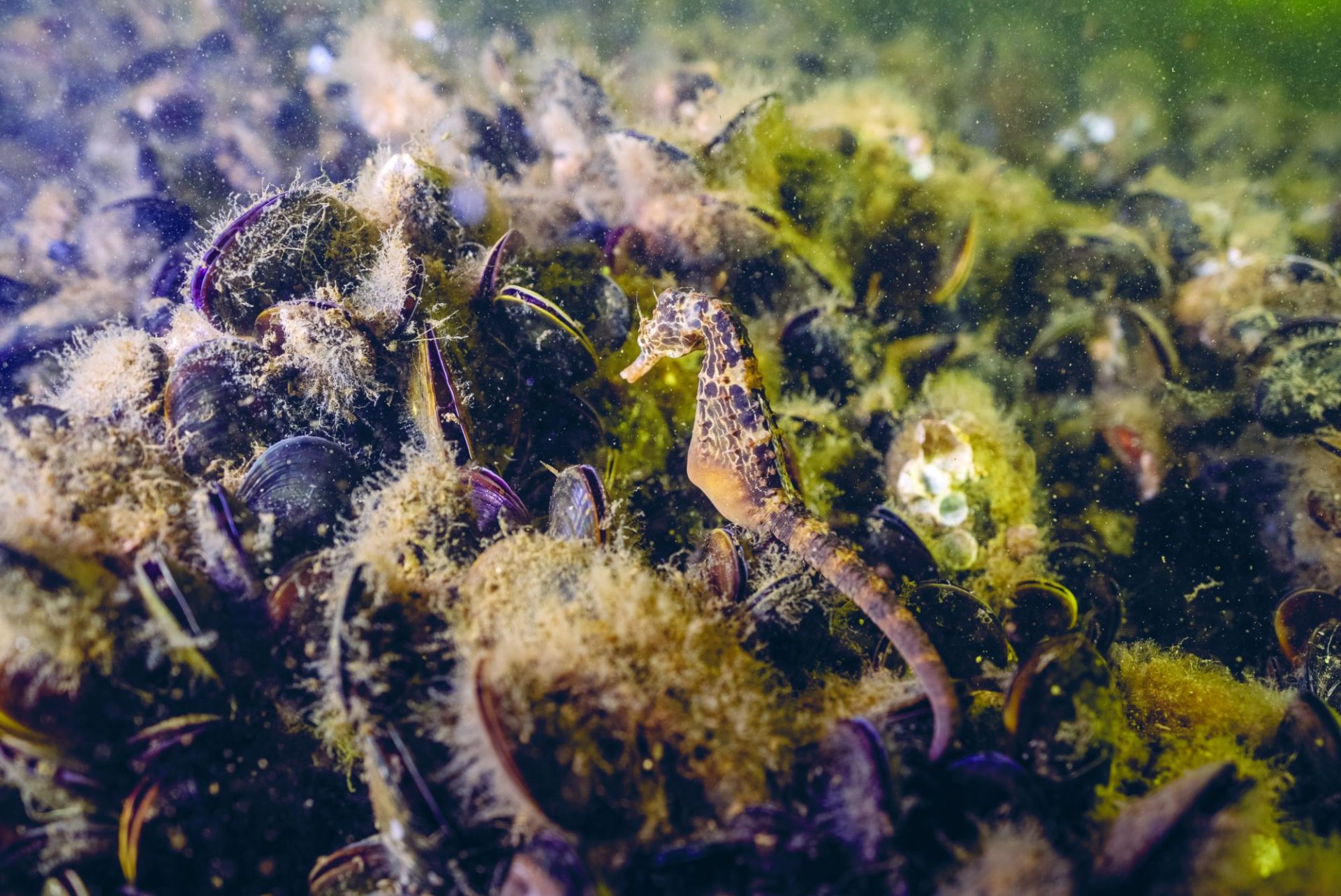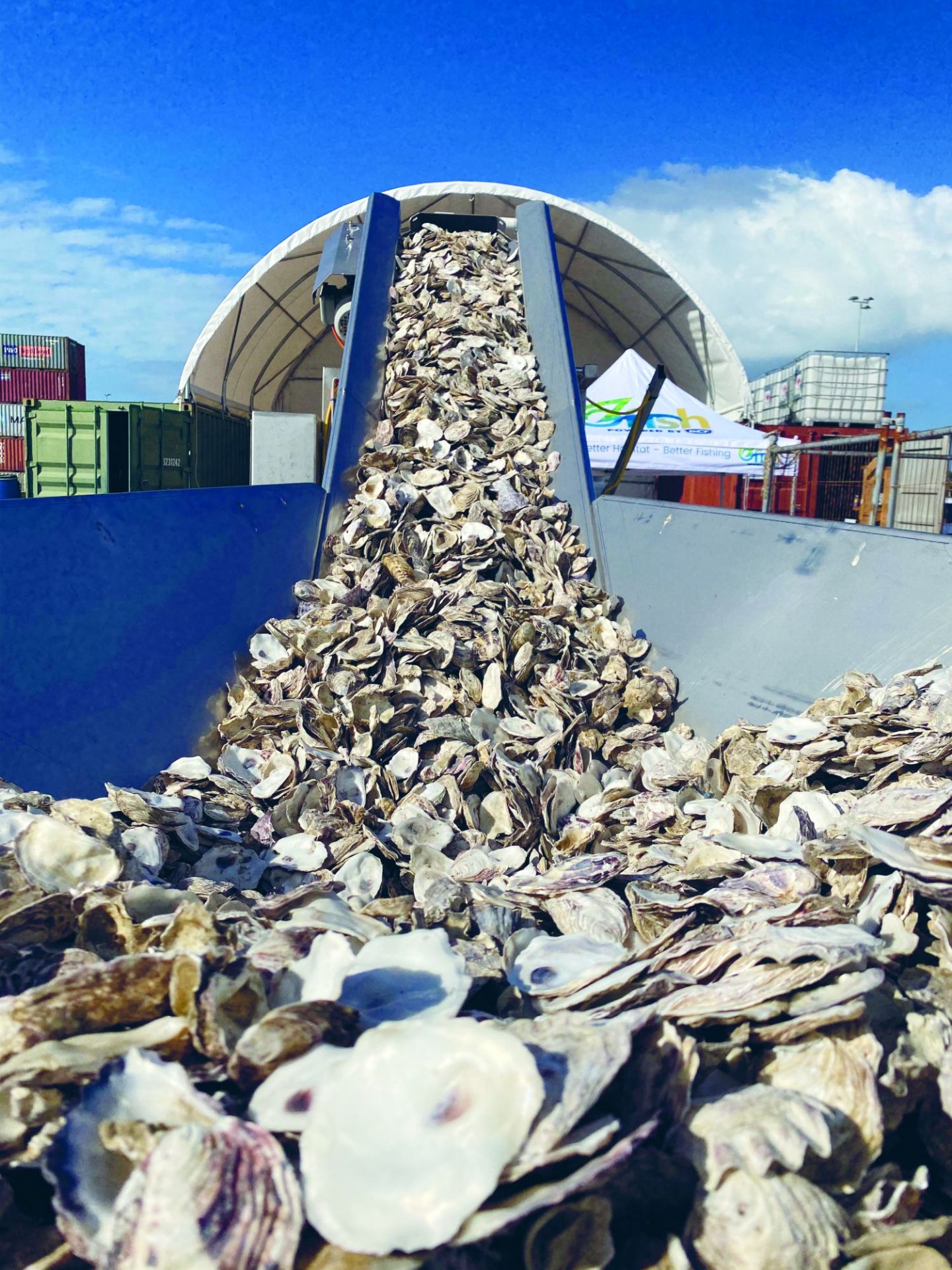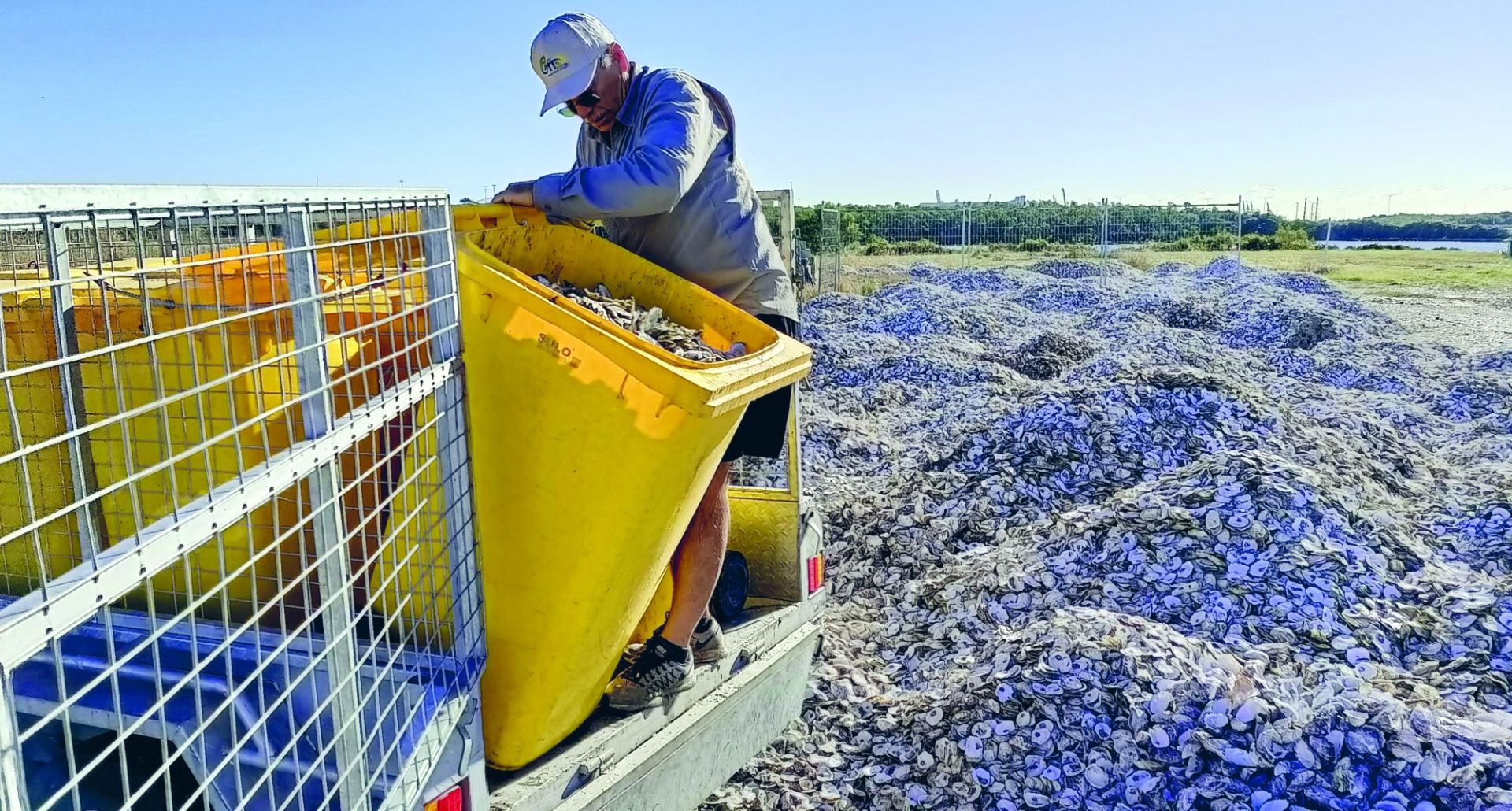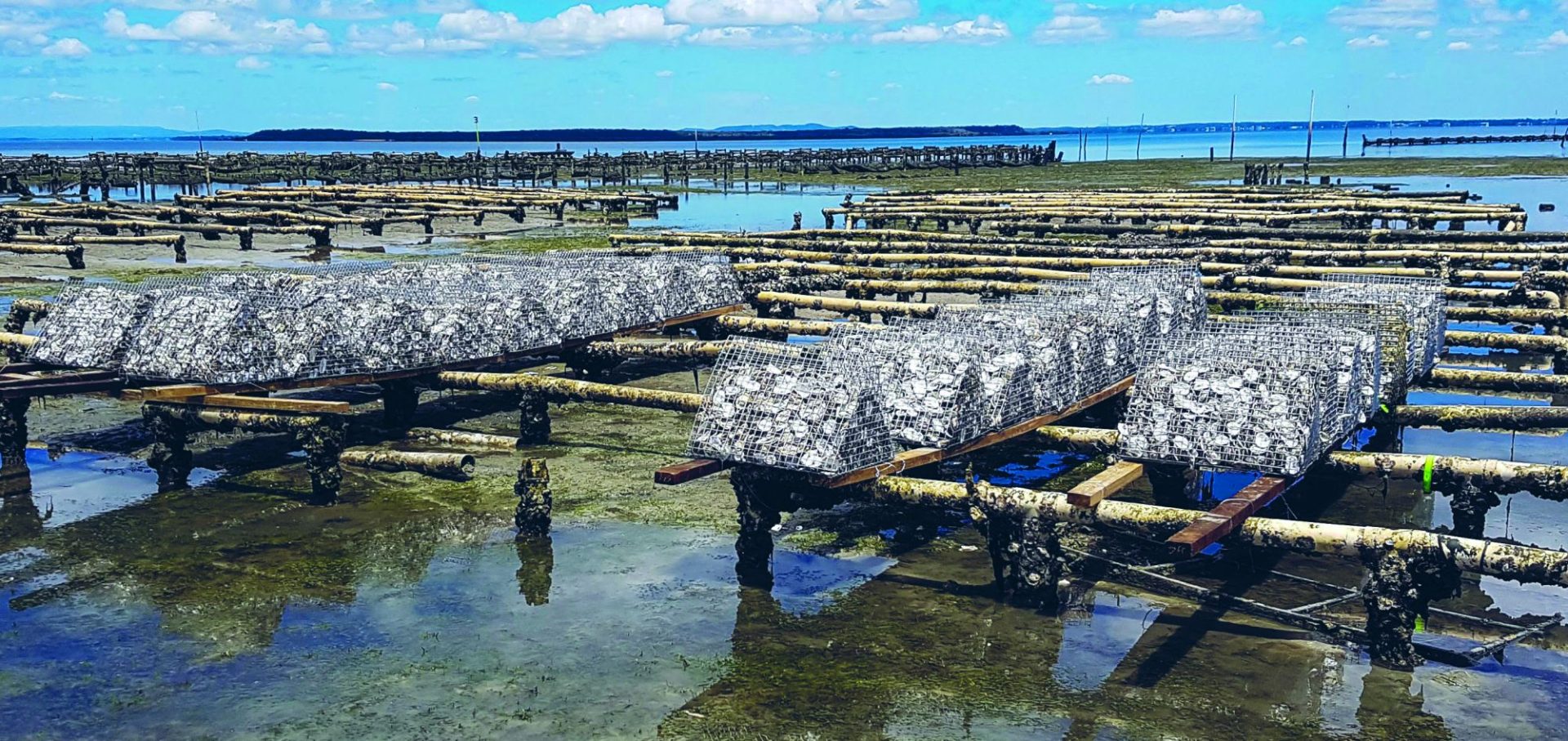SOS: Save our shellfish
Shellfish reefs have gone from forgotten to frontline as rebuilding Australia’s lost shellfish reefs becomes imperative in our efforts to achieve cleaner waterways, thriving marine ecosystems and safer coastlines.
Written by Jeni Bone
07 June 2023
When it comes to reef conservation, much of the world’s attention focuses on coral reefs in tropical and subtropical waters. But a less visible ecosystem has endured a crisis of its own, impacting biodiversity in coastal regions and waterways the world over. Shellfish reefs, made from billions of oysters and mussels, are one of Australia’s most endangered marine ecosystems.
These reefs once thrived in over 200 locations in bays and estuaries from Noosa in Queensland, around Australia’s southern coastline to Perth in Western Australia.
Just 200 years ago, shellfish reefs carpeted Australia’s temperate regions, spreading over 7,000 kilometres of coastline. Indeed, international archaeological research that investigated sites in Queensland shows that First Nations peoples were sustainably harvesting local shellfish reefs for around 5,000 years, replenishing oyster populations by building reefs with stones and shells.
When Europeans arrived, shellfish became one of colonial Australia’s first fisheries. Oysters were fished for food while their shells were burned to manufacture lime for fertiliser and cement used in construction. By the early 1900s, however, many of these reefs were decimated.
Although wild fisheries ceased a century ago, the reefs did not recover, their collapse compounded by commercial dredging, catchment-to-coast pollution, sedimentation, disease and the absence of suitable substrate.
One issue is that oysters can’t grow on bare sand – their preferred substrate is the shells of their forebears, which emit chemicals that induce larvae to settle. If the substrate is destroyed by dredging or smothered by sediment, there’s nowhere for juvenile oysters and mussels, known as spat, to settle and grow.
According to The Nature Conservancy Australia (TNC), studies show that 90 percent of Australian oyster reefs have been lost since European settlement. Across southern Australian waters today, there is just one functioning shellfish reef system created by the critically endangered Australian Flat Oyster (Ostrea angasi) at Georges Bay in St Helens, Tasmania, and six remnant Sydney rock oyster (Saccostrea glomerata) reefs.
The disappearance of shellfish reefs results in the loss of the social and economic benefits they provide to people and nature. Fish stocks decline because fish have fewer places to breed, hide and feed. Water quality also declines as shellfish such as oysters are excellent water filters – one adult oyster can filter up to 100 litres of water, about a bathtub, each day.
And their shells contain calcium carbonate, which is effectively an antacid pill for surrounding waters. These reefs also provide an important natural defence line, reducing coastal erosion and storm damage.
The Nature Conservancy has teamed up with governments, businesses and the community, and aims to restore 60 shellfish reefs by 2030, which will replace about 30 percent of this lost habitat and make Australia the first nation in the world to recover a critically endangered marine ecosystem.
Dr Fiona Valesini, a coastal and estuarine ecologist and Oceans Program Director for TNC says, “Oysters and mussels are the kidneys of the oceans and estuaries, effectively filtering millions of litres of water and removing pollutants, algae and contaminants.
“Shellfish reefs provide nursery habitats for fish, including economically important fish species like bream and whiting, and boost biodiversity in otherwise bare sediment and often degraded environments.”
After a successful pilot in Melbourne’s Port Phillip Bay in 2017, there are now around 20 shellfish reef restoration projects either completed or underway around the country, each several hectares in size, with the aim of increasing that number to 60 by 2030. Since 2021, TNC has partnered with the Australian
Since 2021, TNC has partnered with the Australian Government and local agencies under the national Reef Builder program to restore shellfish reefs at 13 new locations by 2023. Shellfish reefs can’t recover by themselves; they require human intervention.
Restoration scientists and practitioners at TNC Australia have adapted a reef-building technique pioneered 25 years ago by TNC in the US, where a base of limestone rubble is laid on the sea floor, then the base is seeded with millions of shellfish grown at local hatcheries or aquaculture leases. Recycled oyster or scallop shells are used in the hatcheries as a substrate for young oysters to settle on then scattered over the reef base during the seeding process.
Building shellfish reefs delivers benefits to local communities, such as jobs in maritime construction, science, fisheries and associated service sectors (with half of these in regional areas); diverting shell waste from landfill; and new recreational, community volunteering and education opportunities.
In the first 18 months of Reef Builder, more than 280 jobs were created and 44 small to medium enterprises were engaged.
“We’re impressed with the results so far,” says Dr Valesini. “Our monitoring shows the reefs are teeming with life, and often have very positive natural recruitment of shellfish. Once we put the substrate down, it attracts shellfish and other marine life quickly, meaning we have put it in the right spot.”
One such project is the Moreton Bay Shellfish Reef Restoration, led by volunteers with the Central Moreton Bay Chapter of OzFish Unlimited, with an ambitious goal of restoring 100 hectares of shellfish reef in Moreton Bay over the next 10 years.
Craig Copeland, who founded OzFish in 2014, said the first site is being rolled out adjacent to the Port of Brisbane, with additional sites pending government approval. The first step was to establish the Moreton Bay Shellfish Recycling Centre at the Port of Brisbane, which collects and processes used shells from Brisbane’s seafood businesses in a similar initiative to TNC’s Shuck don’t Chuck programs in Melbourne and Noosa.
The OzFish recycling centre then weathers and cures the used shells for up to four months to kill off any pathogens before placing them back in the bay inside modular reef restoration structures.
Each module, known as a Robust Oyster Basket (ROB), is made of degradable steel mesh filled with recycled oyster shells. The mesh takes about two years to rust out, which gives the oysters and other shellfish time to clump together in a solid structure of shells and living shellfish.
Lightweight and easy to handle, these ROBs are destined for Moreton Bay in areas beyond green zones where oyster reefs previously existed, and won’t impact seagrasses, wading birds, commercial anglers or boating navigation. To marshal efforts from every level, TNC has helped create the Australian Shellfish Reef Restoration Network to bring together restoration practitioners, researchers and the community to help drive the national agenda on shellfish reef research.
As Dr Fiona Valesini explains, “We need the community to be aware of the importance of shellfish reefs and get involved. If you love to sail, fish in the ocean, swim in it or eat seafood, we need you on board.”


